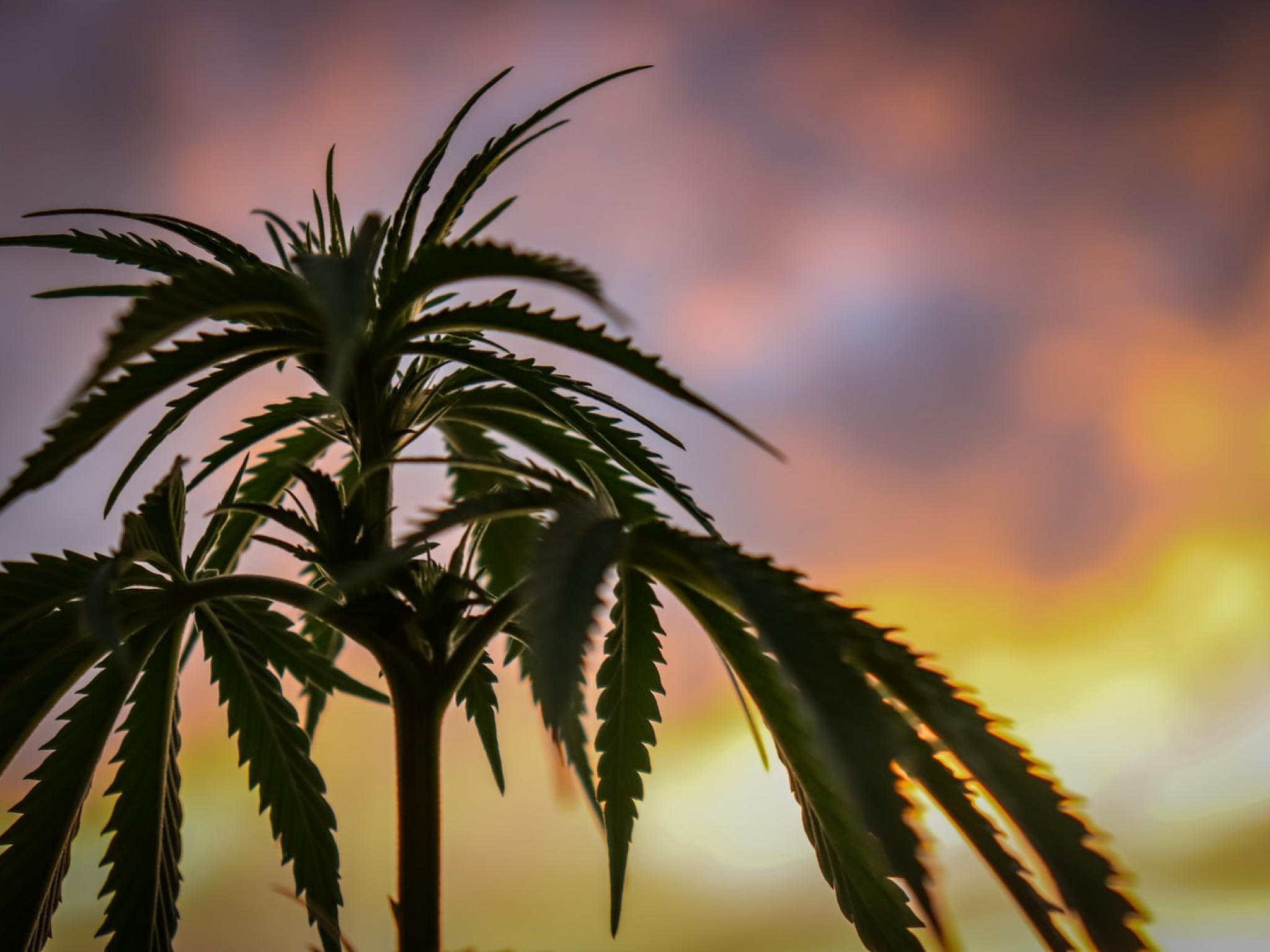
This article was originally published on Let's Talk hemp and appears here with permission.
Look for the industrial hemp market to continue to grow in 2022, in spite of a few handicaps caused by regulatory uncertainties and supply chain bottlenecks, say experts in a new report released Tuesday.
Let’s Talk Hemp’s new Hemp Industry 2022 Opportunity Report provides an overview of the trends and potential strategies ahead in the growing industrial hemp sector, after hemp has been legalized in more than 65 countries this year.
“While we don’t have a crystal ball, we do have data,” said Morris Beegle, co-author of the report and publisher of Let’s Talk Hemp. “The data we have suggests that hemp is going to be a catalyst for positive change throughout many facets of society.”
Two things holding the hemp industry back in the United States are supply-chain bottlenecks and regulatory uncertainty, said report contributor Beau Whitney, of Portland, OR-based Whitney Economics.
Consumer demand is high for hemp in its many uses from CBD and cosmetics to industrial applications such as paper, textiles, plastics, building materials, protein, animal feed and biofuels. But the supply chain is not ready to support the raw materials needed, Whitney said.
“Once the market begins to mature, the future looks bright for the hemp industry,” Whitney says.
Acreage Drops, but Fiber and Grain Draw Interest
The pandemic and a glut in biomass supply saw farmers turn away from hemp. Licensed acreage in 2021 dropped by 55% year-over-year to levels seen before the 2018 Farm Bill, the report says. CBD market prices fell below production costs, due to a glut of product.
But the “bright spot was the supply and demand for fibers and grain,” the report said. Expect a “pivot” in the hemp industry as more farmers see the potential (albeit less profitable) of hemp fibers and grains, which are predicted to exceed acreage planted for CBD by 2024-25, Whitney said.
International Hemp Marketplace
International players are jumping into hemp production as multiple countries have legalized industrial hemp along with medical marijuana. Some countries are looking to replace tobacco exports with hemp. Hemp production is expected to take off in Latin America, Africa, Europe and Asia, driven by consumer demand for hemp in pet products, cosmetics, biofuel, building materials and health products, said report co-author Xavier Jalliet, of Clark Hill, PLC.
“Many countries are looking to participate in hemp production as an opportunity to revitalize their depressed economies and move agricultural cultural practices in a green direction,” Jalliet wrote.
The Future of CBD
Regulatory uncertainty in the US has hobbled the cannabinoid hemp industry because the FDA has slow-walked the approval of CBD as an ingredient for food and beverage or dietary supplements, writes Steve Hoffman, founder of Boulder, CO-based Compass Natural Marketing.
But CBD is wildly popular with consumers, and new 2021 legislation in California sets health guidelines for hemp-derived CBD in food, beverages and cosmetics. That could be the green light for large multinational food companies waiting for FDA approval to add CBD to consumer products, experts believe.
Hemp is the New Superfood
The report also covers the opportunities ahead for hemp seed as a superfood containing protein, omega 3 and omega 6 fatty acids. Hemp protein is poised to become a staple ingredient in new plant-protein foods, expected to grow to $109 billion by 2050, the report predicts.
Other topics covered by the report include: Hemp in animal feed; cannabis banking updates; hemp in building materials, paper and textiles; hemp as an opportunity for BIPOC and diverse entrepreneurs; and how hemp can fit into the developing carbon credit offset market.
“We’re only at the beginning of the renaissance of hemp,” the report’s authors say.







